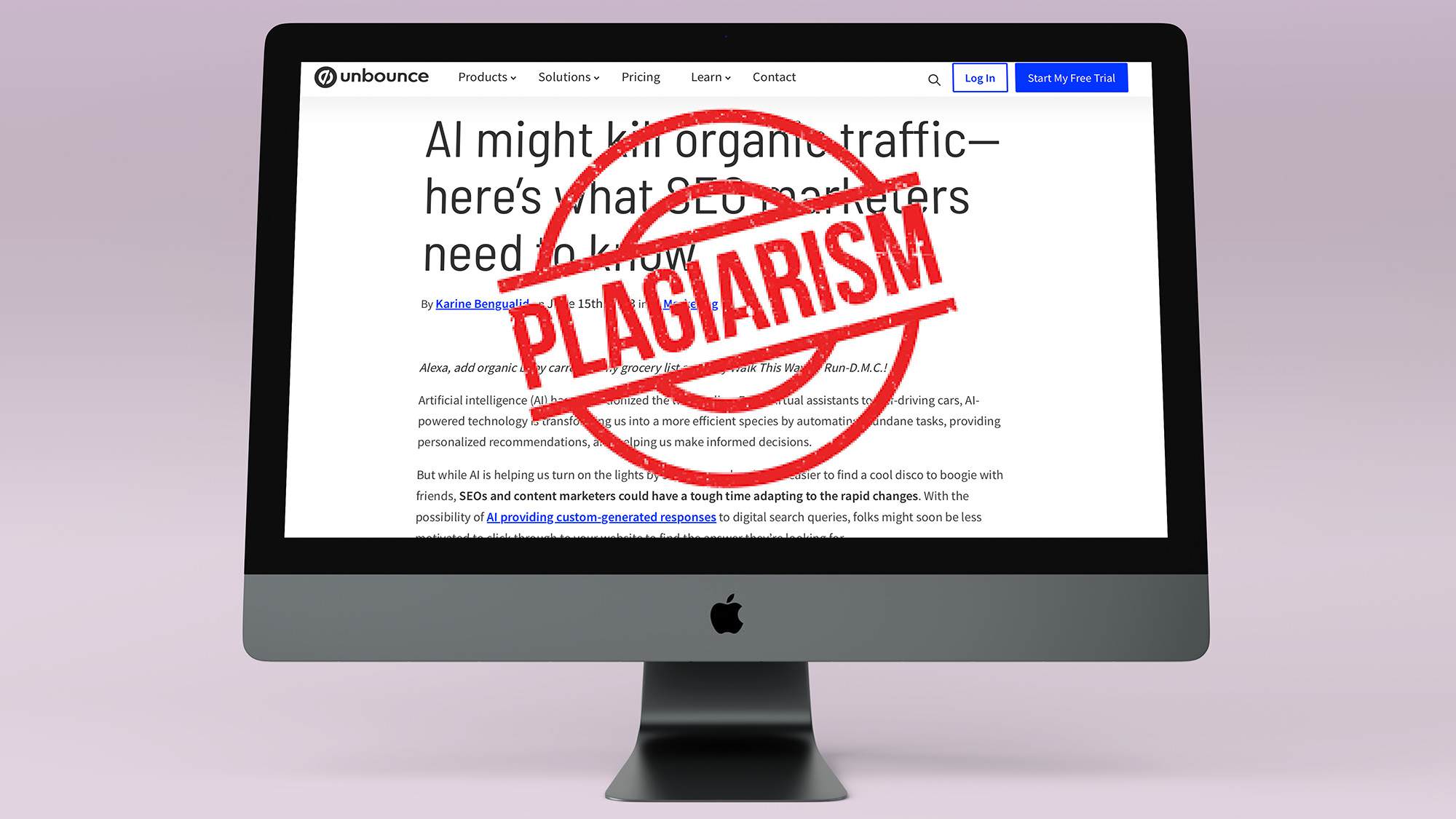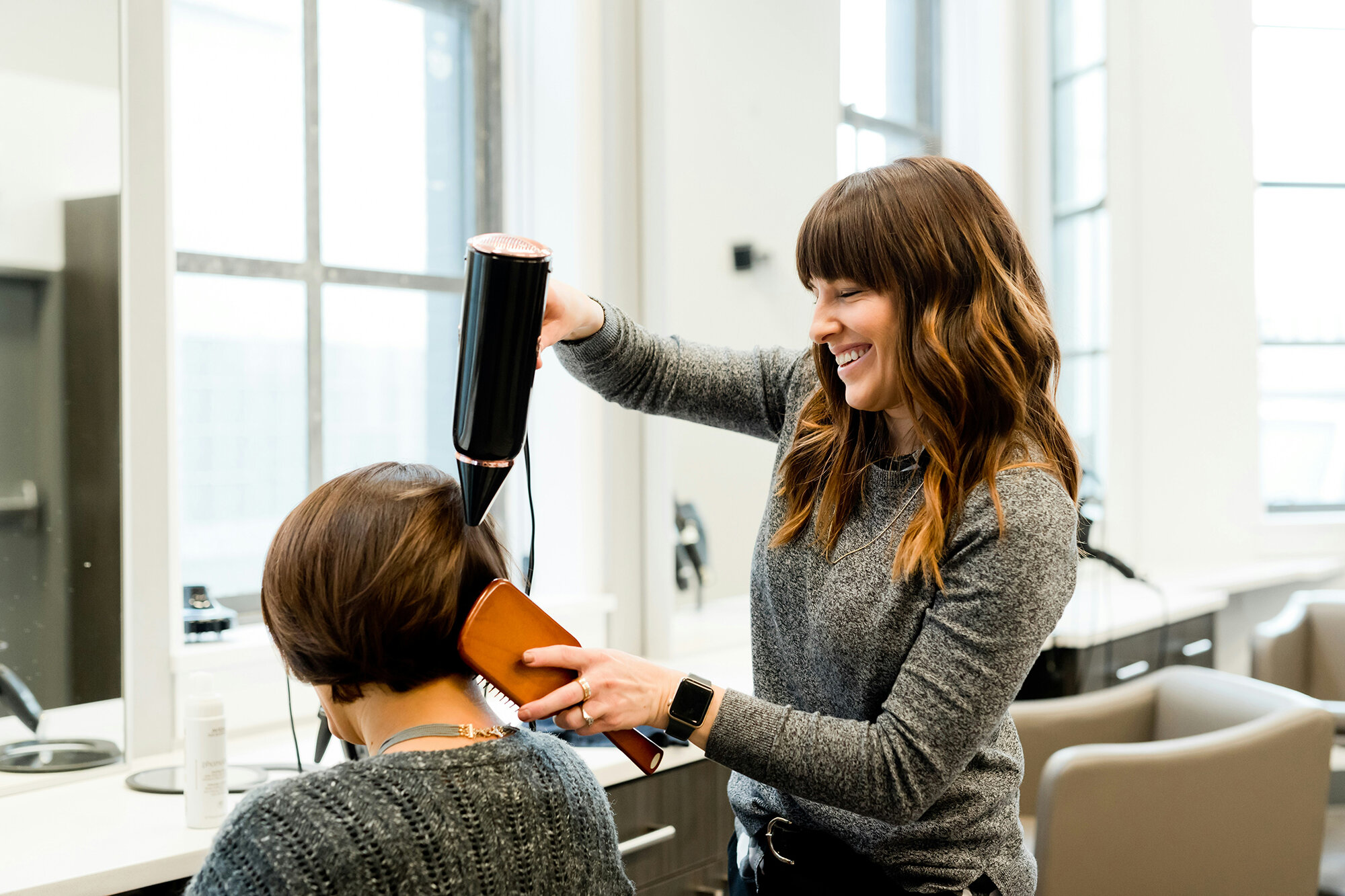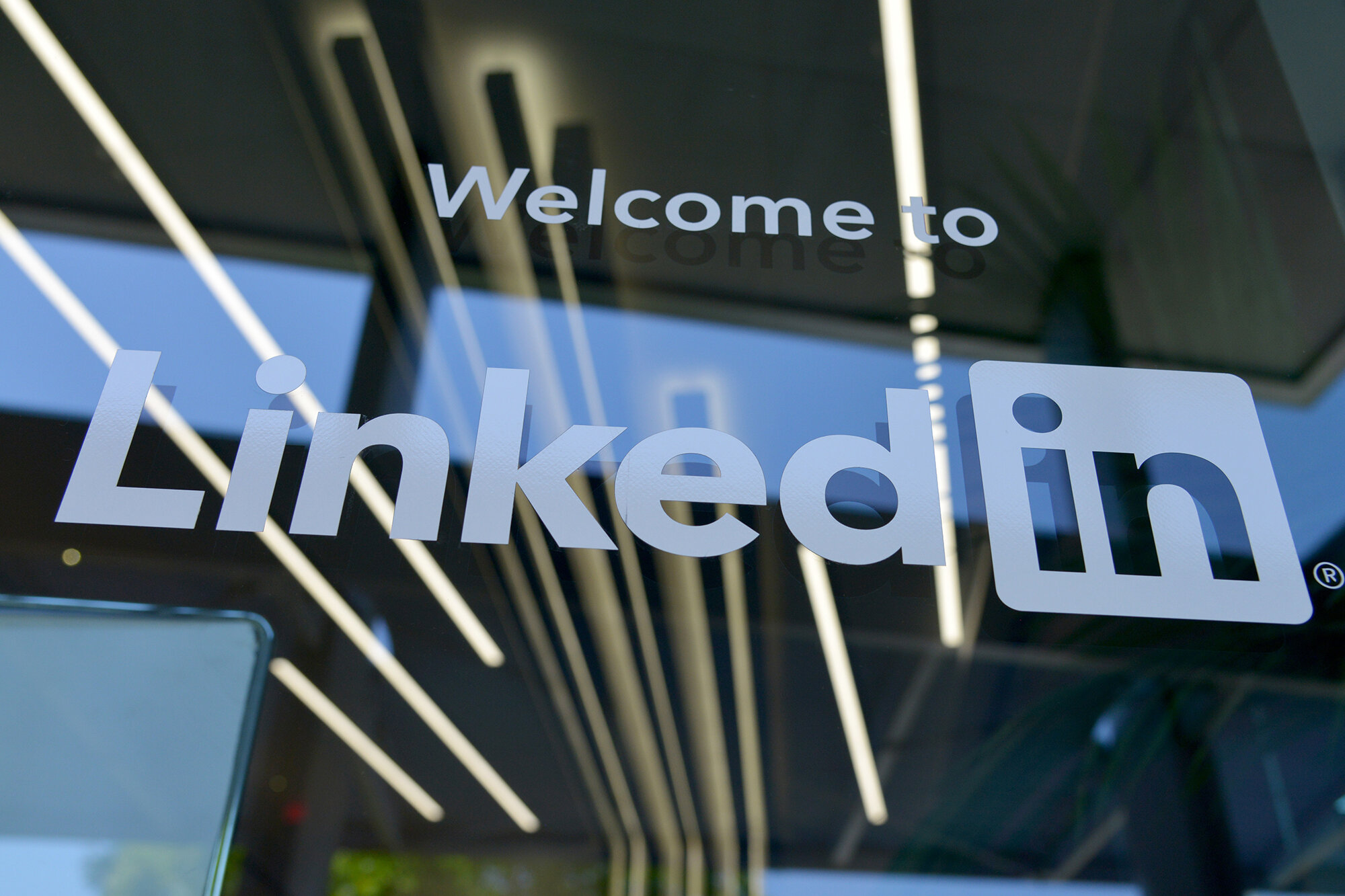As content creators, we invest our time, effort, and creativity into producing valuable content that drives our businesses forward. However, content theft is a rampant issue that can cause significant harm to our brand and bottom line. In this article, I will discuss the importance of protecting your intellectual property and provide you with six effective strategies to stop content theft from your website.
The importance of protecting your intellectual property
As a content creator, your intellectual property is the lifeblood of your business. It includes your written articles, blog posts, videos, images, and any other creative work you produce. Protecting your intellectual property ensures that you retain the exclusive rights to use, distribute, and profit from your content.
Content theft can have severe consequences for your business. When someone steals your content, they not only deprive you of potential revenue but also damage your brand reputation. Plagiarised or stolen content can confuse your audience and diminish their trust in your brand. Moreover, search engines penalise websites that duplicate content, resulting in lower rankings and reduced organic traffic.
Understanding content theft and its consequences
Content theft refers to the unauthorised use, reproduction, or distribution of your creative work without your permission. It can occur in various forms, including plagiarism, copyright infringement, and content scraping. Unfortunately, the internet has made it easier for unscrupulous individuals or businesses to steal and exploit your content for their own gain.
The consequences of content theft can be far-reaching. Apart from the financial implications, stolen content can damage your credibility and dilute your brand identity. Additionally, if your content is plagiarised, it can lead to legal disputes and costly litigation. Therefore, it is crucial to take proactive measures to protect your content and safeguard your intellectual property rights.
Copyright protection: The basics
Copyright protection is the foundation of safeguarding your intellectual property. Copyright grants you exclusive rights to your original creative work, preventing others from using, distributing, or reproducing it without your permission. Despite the automatic copyright protection that exists upon creation of your content, it is advisable to register your copyright with your country’s copyright office to strengthen your legal position in case of infringement.
To protect your content under copyright law, ensure that your work is original, fixated in a tangible form, and possesses a minimal level of creativity. Copyright protection typically lasts for the creator’s lifetime plus 70 years. However, it is important to consult with legal professionals to understand the specific copyright laws applicable to your jurisdiction.
Effective strategies to protect your content from theft
Watermarking and branding your content
One effective strategy to deter content theft is by watermarking and branding your content. Watermarking involves adding a visible overlay or stamp on your images, videos, or other visual content to indicate ownership. This acts as a visual deterrent to potential content thieves, as they are less likely to use or distribute content that bears your watermark.
Branding your content goes beyond watermarking by including your logo, website URL, or other identifying elements in your content. This ensures that even if your content is shared without permission, your brand identity remains intact. Furthermore, branding your content helps to reinforce your brand presence and increase brand awareness among your audience.
Monitoring and enforcing your rights
Regularly monitoring your content and enforcing your rights is crucial in combating content theft. Set up alerts and use online tools to monitor the internet for any instances of your content being used without permission. When you come across unauthorised use of your content, take immediate action to protect your rights.
Send a cease and desist letter to the infringing party, demanding them to remove your content and cease any further use. If necessary, consult legal professionals to explore legal actions such as filing a Digital Millennium Copyright Act (DMCA) takedown notice or pursuing a copyright infringement lawsuit. By actively monitoring and enforcing your rights, you send a strong message that content theft will not be tolerated.
Legal options for content theft cases
In cases where content theft persists despite your best efforts, it may be necessary to pursue legal action. Consult with intellectual property lawyers to understand the legal options available to you. Copyright infringement lawsuits can help you obtain injunctions to stop the unauthorised use of your content and seek damages for the harm caused to your business.
Additionally, consider exploring alternative dispute resolution methods such as mediation or arbitration. These processes can help resolve content theft disputes more efficiently and cost-effectively compared to traditional litigation. Engaging legal professionals specialising in intellectual property law ensures that your rights are protected and maximises your chances of a successful outcome.
Educating your team and promoting a culture of content protection
Protecting your intellectual property requires a collective effort from your entire team. Educate your employees about the importance of content protection and the potential consequences of content theft. Implement strict policies and guidelines to ensure that everyone understands their responsibilities in safeguarding your intellectual property.
Promote a culture of content protection by fostering an environment where your team members actively contribute to identifying and reporting instances of content theft. Encourage open communication and provide training on copyright laws, fair use, and best practices for content creation. By empowering your team to be vigilant and proactive, you create a strong defense against content theft.
Tools and resources to help safeguard your IP
Fortunately, numerous tools and resources are available to assist you in safeguarding your intellectual property. Online platforms such as Copyscape and Plagspotter enable you to scan the internet for instances of content duplication. These tools help you identify potential content thieves and take appropriate action to protect your rights.
Consider using digital rights management (DRM) systems or plugins to protect your digital content. DRM systems encrypt your content, making it difficult for unauthorised users to access or distribute it. Additionally, keep yourself updated with copyright laws, industry guidelines, and best practices through websites, blogs, and forums dedicated to intellectual property rights.
Conclusion
Protecting your intellectual property is crucial to the success and sustainability of your business. By implementing effective strategies to stop content theft, you ensure that your hard work and creativity are not exploited by unauthorised individuals or businesses. Remember, your intellectual property is a valuable asset that deserves protection. Take the necessary steps today to safeguard your content and preserve the integrity of your brand. .
If you need assistance with web design or further guidance on protecting your intellectual property, Get in touch with us today to explore our range of services if you’re eager to elevate your business to the next level.
Let's make a website!
Book a FREE video call to discuss your business, project strategy, and more!
"*" indicates required fields
More from Metal Potato
Can Apple Vision Pro Revolutionise Computing?
Discover the Apple Vision Pro: a mixed-reality headset set to redefine computing, work, entertainment, and education.
How to Choose the Perfect Typography for Your Website
Master the art of web typography... from font selection to readability, create a visually stunning and user-friendly website.
The Power of WordPress for Small Businesses
Build a strong online presence for your small business with WordPress! It's easy to use, SEO-friendly, and very cost-effective.
Celebrating 40 Years of the Apple Mac
Explore 40 years of Mac evolution! Celebrating Apple's iconic computer and its impact on design, technology, and creativity.
Why LinkedIn Should Be Your Top Priority
Maximise career growth with LinkedIn's powerful benefits! Unlock networking opportunities, connect and build your personal brand.
7 Strategies to Build Customer Loyalty
Elevate your brand with proven strategies for customer loyalty. Personalised programs, consistency, and gratitude that resonate.






